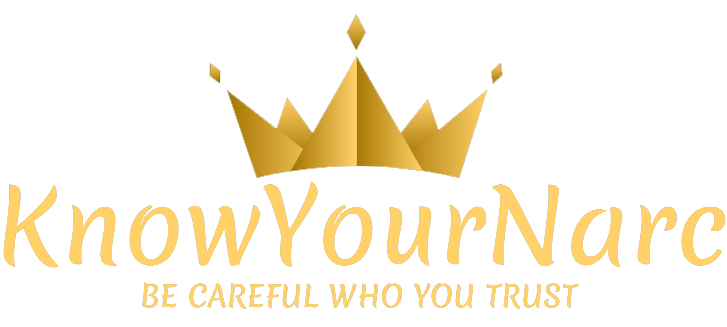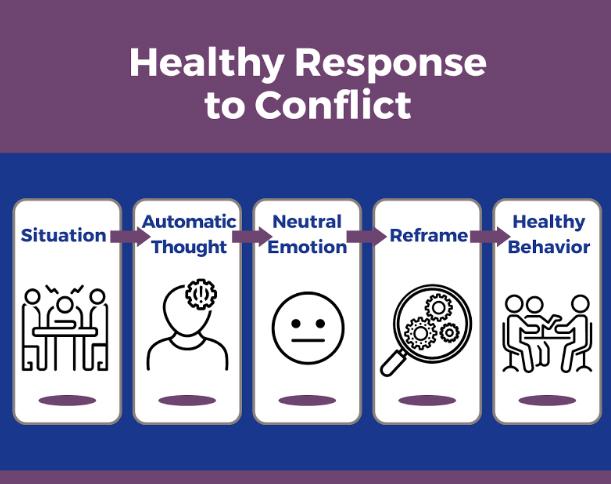Conflict is an inevitable part of human interaction, whether in the workplace, within families, or among friends. Yet, not all conflicts are created equal. While some disagreements can lead to growth, understanding, and stronger relationships, others breed resentment, stress, and division. Recognizing the difference between healthy conflict and toxic behavior is essential for maintaining both personal well-being and productive connections. In this article, we’ll explore the key distinctions between these two dynamics, helping you navigate challenging situations with greater clarity and intention.
Table of Contents
- Understanding the Foundations of Healthy Conflict in Relationships
- Identifying Toxic Behavior Patterns That Undermine Communication
- Effective Strategies to Foster Constructive Conflict Resolution
- Setting Boundaries and Seeking Support to Combat Toxic Interactions
- Concluding Remarks
Understanding the Foundations of Healthy Conflict in Relationships
At the heart of every thriving relationship lies the ability to navigate disagreements with respect and intention. Healthy conflict is not about winning an argument but about understanding differing perspectives and finding common ground. Unlike toxic interactions that seek to belittle or control, constructive conflict encourages open communication, empathy, and problem-solving. Recognizing when a disagreement serves as a catalyst for growth rather than destruction is essential for building resilience together.
Several foundational elements distinguish healthy conflict behavior:
- Active Listening: Engaging fully to understand your partner’s viewpoint without immediate judgment.
- Emotional Regulation: Keeping emotions in check to prevent escalation and ensure clarity.
- Respectful Language: Using words that foster connection rather than division.
- Collaborative Mindset: Working together towards solutions instead of placing blame.
When these elements are present, conflict becomes an opportunity for deeper connection instead of a source of pain.
Identifying Toxic Behavior Patterns That Undermine Communication
Recognizing behaviors that consistently disrupt dialogue is the first step toward salvaging meaningful communication. These patterns often include subtle yet damaging actions such as stonewalling – when someone emotionally withdraws and refuses to engage – or persistent interrupting, which invalidates the other person’s viewpoint. Other harmful signs are passive-aggressiveness, characterized by indirect resistance or sarcasm, and blame-shifting, where accountability is dodged to avoid constructive dialogue. These tendencies work against mutual understanding and stall conflict resolution by fostering resentment and mistrust.
It’s also crucial to spot when conversations morph into power plays rather than collaborative problem-solving. Toxic patterns include:
- Using personal attacks or derogatory language
- Excessive defensiveness that blocks openness
- Manipulating facts or gaslighting to confuse the other party
- Constant criticism instead of balanced feedback
When these behaviors dominate, communication ceases to be a bridge and turns into a battleground, undermining any chance for growth or resolution. Identifying and addressing them early creates space for healthier, more productive exchanges.
Effective Strategies to Foster Constructive Conflict Resolution
One of the most powerful ways to encourage healthy discussions during conflicts is to establish a foundation of active listening. This entails giving full attention to the other person’s perspective without immediate judgment or interruption. When parties feel genuinely heard, the emotional charge of the disagreement often diminishes, allowing space for mutual understanding. Additionally, framing disagreements as opportunities for growth rather than threats to personal identity helps shift the focus from defensiveness to collaboration. Incorporating phrases like “I understand your point” or “Let’s explore a solution together” can foster a cooperative atmosphere where both sides feel valued.
Another essential strategy involves setting clear boundaries and guidelines that distinguish respectful debate from toxic behavior. Implementing agreed-upon communication rules—such as avoiding personal attacks, staying on topic, and allowing equal speaking time—creates a safe environment for all involved. Encouraging the use of “I” statements rather than accusatory language helps reduce blame and keeps conversations constructive. Moreover, coaching teams or individuals to pause and reflect before responding can prevent escalation, promoting thoughtful engagement instead of reactionary conflict. These deliberate approaches not only resolve current disagreements but also build trust and resilience for future challenges.
Setting Boundaries and Seeking Support to Combat Toxic Interactions
Establishing clear boundaries is essential for protecting your emotional wellbeing when navigating difficult interactions. Communicate your limits assertively and consistently, ensuring the other party understands which behaviors are unacceptable. Remember, setting boundaries is not about controlling others but about respecting and prioritizing your mental health. Boundaries can include:
- Limiting the frequency and duration of interactions
- Refusing to engage in personal attacks or insults
- Choosing physical or emotional distance when needed
- Expressing your needs without feeling guilty
Seeking support is equally vital in counteracting toxic dynamics. Surround yourself with trusted friends, family, or professionals who can provide perspective, validation, and guidance. External support systems empower you to maintain your boundaries and offer a safe space for processing feelings. Remember, you don’t have to face toxicity alone—leaning on others is a sign of strength, not weakness, and a crucial step toward preserving your peace and fostering healthier relationships.
Concluding Remarks
Understanding the distinction between healthy conflict and toxic behavior is crucial for fostering productive relationships—whether at work, home, or in social circles. While disagreements are an inevitable part of human interaction, approaching them with respect, empathy, and a willingness to listen transforms conflict into an opportunity for growth. On the other hand, toxic behavior erodes trust, breeds resentment, and damages connections over time. By recognizing the signs and making conscious choices to engage constructively, we can navigate disagreements in ways that strengthen bonds rather than break them. Remember, conflict doesn’t have to be a stumbling block—it can be a stepping stone toward deeper understanding and healthier relationships.

